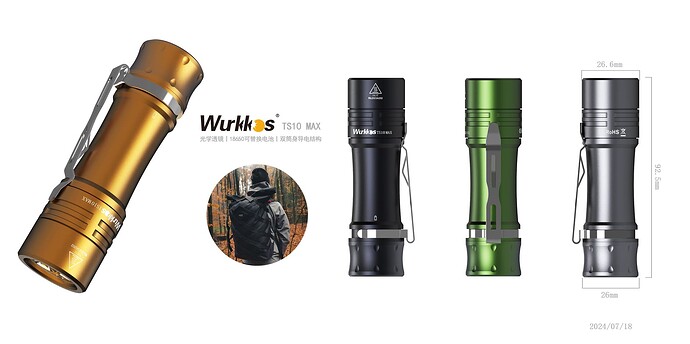Full agree. Also, most of us have 18650 and 21700, as well as probably some 14500 or 18350 already. I don’t have anything outside of those sizes, and I do not want to get yet another battery size. Especially not one that is already hard to source now, and probably almost impossible to source within a couple of years. Even 16340 and 26650/26800 I try to avoid, and those are easier to find than 16650.
In what regard? I trust a simple and well tested fully integrated battery charging chip way more than some custom microcontroller based solution in any bay charger. In fact, a TP4056 or similar I don’t even check with a DMM anymore. Any bay charger or RC charger gets checked with my Fluke. And a lot of them are pretty far off their target voltage. Even the big brand expensive ones.
According to koefs test, a 519A 5000K driven at 2A outputs ~600lm, so unless cooling is way undersized, 1800lm should indeed be no problem with 3S.
An efficient driver allows for the same burst performance, but it also allows for a way higher sustained performance. In a 26mm diameter light one can easily push the 519A to their limits with a boost, too (or rather, to the thermal limits of the host), while also offering hugely better sustained brightness than a cheaper driver could offer.
This is wrong. Unless a company sources a garbage receptacle because they cheap out, they are extremely long-lived. I’ve owned 2 phones since 2016, both for ~4 years each, and both were plugged at least once a day. When serving as a USB internet source for the notebook, or when charging just a little since I was in a hurry even multiple times a day. The ports of both are still perfect, and work as reliably as on day one. Same applies for my now 2 years old notebook.
And unlike a phone I charge most flashlights once a week at most, usually even less frequent since I alternate between lights and very rarely use an EDC type light for long enough to wear it down.
